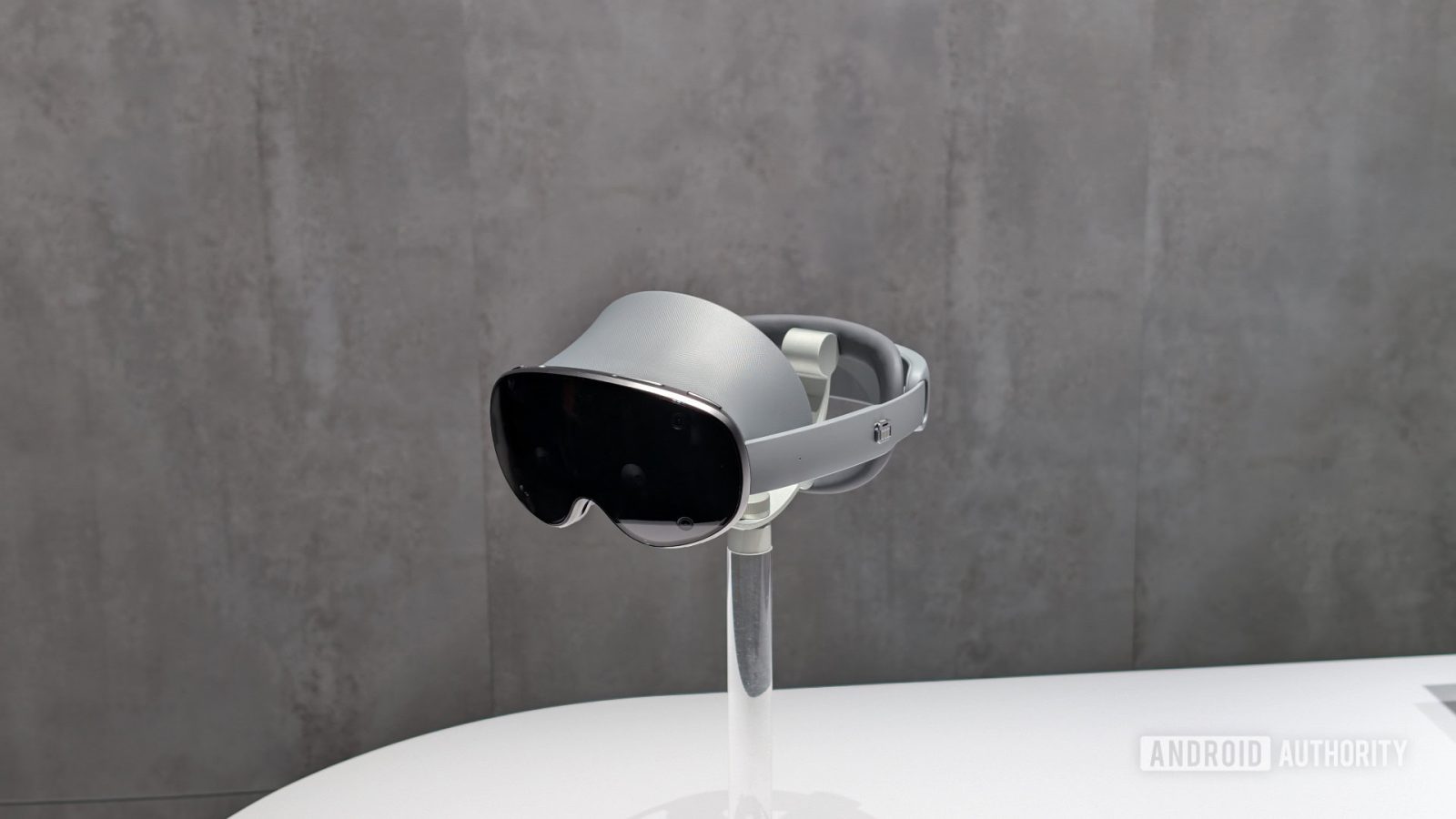
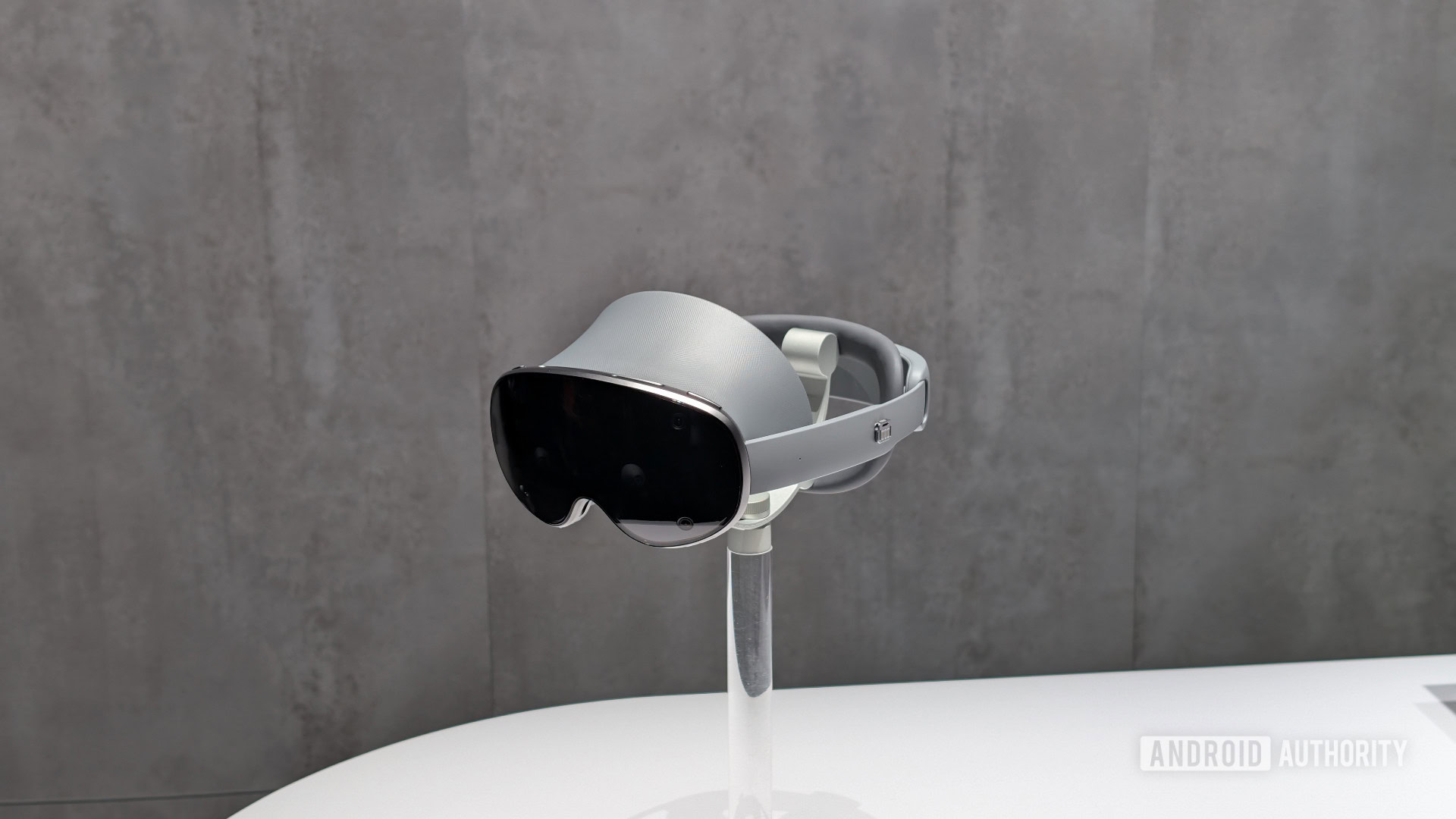
C. Scott Brown / Android Authority
TL;DR
- Google has confirmed to Android Authority that apps will be able to request access to both the world-facing camera and the selfie camera on Android XR headsets.
- The world-facing camera gives apps a video of the user’s surroundings that they can then overlay, creating immersive experiences.
- The selfie camera, on the other hand, only gives apps an image stream that contains the user’s avatar, for privacy reasons.
Google announced its Android XR platform at the end of last year to get developers ready for upcoming extended reality (XR) headsets and smart glasses running the new OS. While Google is certainly no stranger to XR, it’s a bit late at coming up with a full-fledged competitor to Meta’s platform. To get developers on board with creating immersive apps for Android XR, Google will allow apps to access the camera feeds on XR headsets, a capability that is rare among XR platforms.
Like Android phones, XR headsets have a lot of cameras. The cameras facing outwards can be used to show a passthrough view of the world, allowing you to see your surroundings without making you take off the headset. If apps could access these camera feeds, then they would be able to create immersive, mixed reality experiences of their own.
For privacy reasons, many XR platforms don’t let apps access these camera feeds, which is understandable given the harm that this can cause. XR platform makers have started to come around on this topic, though, with Meta announcing that it would open up a passthrough camera access API in its Horizon OS platform sometime this year.
Now Google has confirmed that its new Android XR platform will similarly provide passthrough camera access. Google spokesperson Patrick Seybold confirmed in a statement to Android Authority that the Android XR platform will let apps access the “world-facing camera” on the front of a headset. However, apps will first need to request permission from the user to access the camera, just like on phones and tablets.
“Yes, Android XR will offer app developers access to the world-facing camera on the front of the headset, by requesting Camera permission access, and of course in order to use it in the application, the end user will need to grant permission.”
The spokesperson also confirmed to Android Authority that apps can request access to the “selfie-camera” on the inside of a headset. Like with the world-facing camera, the user still needs to grant permission for apps to access the “selfie-camera.” Even if they do so, they’ll only receive a feed showing the user’s avatar, which is likely a reconstructed image of the user’s face like on the Apple Vision Pro.
“When apps request the selfie-camera, they receive an image stream containing the user’s avatar.”
Unlike phones and tablets, XR headsets don’t have “selfie cameras” in the traditional sense. Android XR is basically mapping one set of cameras facing outwards and one set of cameras facing inwards to camera IDs 0 and 1 respectively. Camera IDs 0 and 1 are the generic identifiers for the main rear-facing and front-facing cameras when apps use the standard Camera2 or CameraX APIs. This way, even apps that aren’t optimized for Android XR will still see something when they access these two camera feeds.
As for the other cameras on XR headsets like Samsung’s Project Moohan device, Google confirmed to VR developer SkarredGhost that Android XR won’t provide a way for apps to access “non-standard” cameras. This includes cameras like the forward-facing camera and the reconstructed inward camera. Maybe this will change in the future, but for now, a single feed of the real-world and a single feed of the user’s avatar is all apps can get, which is still more than expected.
One thing I’m curious to see is how Android XR will tell the user that an app is actively using the camera. Since Android 12, phones and tablets have shown an indicator in the status bar whenever an app is accessing the camera. Android XR could do the same while the user is wearing the headset, but I’m not sure what the visual indicator will look like. Hopefully Google comes up with a solution that balances privacy but doesn’t hinder innovation in mixed reality applications.
Got a tip? Talk to us! Email our staff at news@androidauthority.com. You can stay anonymous or get credit for the info, it’s your choice.
What’s your reaction?
Love0
Sad0
Happy0
Sleepy0
Angry0
Dead0
Wink0
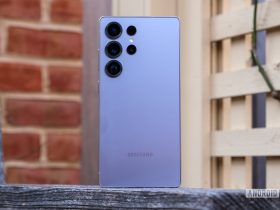
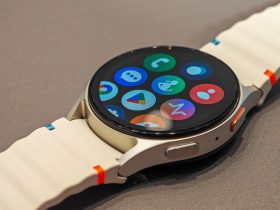

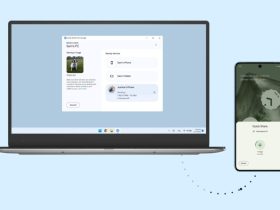

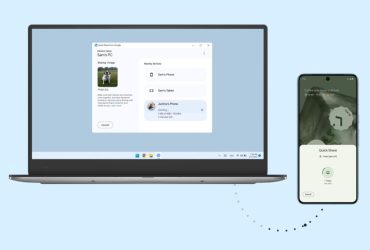
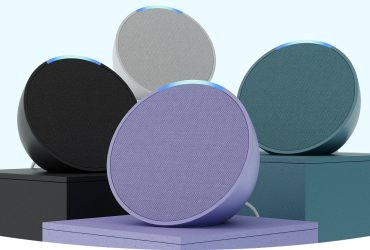
![what’s-new-in-android’s-april-2025-google-system-updates-[u:-4/28]](https://betadroid.in/wp-content/uploads/2025/04/17743-whats-new-in-androids-april-2025-google-system-updates-u-4-28-370x250.jpg)

Leave a Reply
View Comments